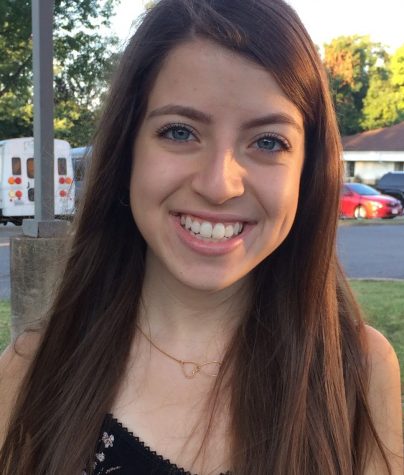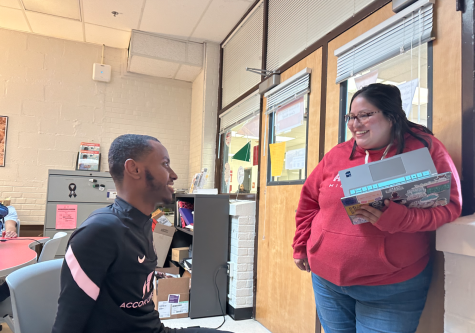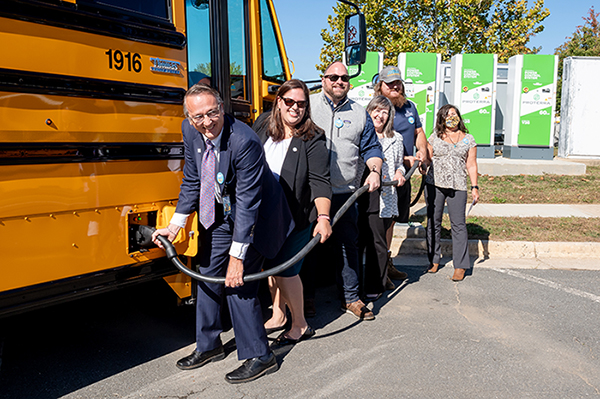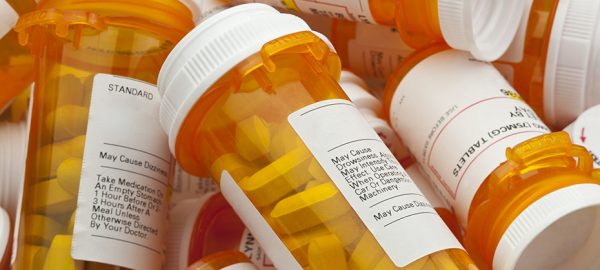Dramatic increase in teen depression
Suicide and car accident death rates are now the same

The suicide rate for teenagers has caught up to the death rate from traffic accidents. With the most recent available data, the Centers for Disease Control and Prevention found it is as likely for children ages 10 to 14 to die from suicide as from traffic collisions.
Why is it that suicide rates have risen dramatically among young adolescents? There is evidence that teens are suffering from various health problems due to the U.S.’ rapidly changing culture.
The pressure of social networks, such as Twitter and Facebook, makes it easy for information to spread among young adults. And because they have constant access to social media, the mental stress that comes with these websites is always weighing teenagers down.
“Cultural norms have changed tremendously from 20 years ago,” Dr. Marsha Levy-Warren said. She is a clinical psychologist in New York who works with adolescents. “It’s clear to me that the question of suicidal thoughts and behavior in this age group has certainly come up far more frequently in the last decade than it had in the previous decade.”
Death is a rare occurrence for young people. That is why the current rise in suicide among such youthful ages is surprising and troubling.
In 2014, 425 children ages 10 to 14 killed themselves in contrast to 384 children of that age who died in car accidents. The suicide rate and car accidents rates have now reached the same point because suicide has increased and fatal traffic accidents has decreased.
In 1999, the death rate for children from traffic accidents was quadruple the rate for suicide. This changed in 2014, when the death rate from car crashes cut in half and the suicide rate almost doubled.
Although more boys than girls killed themselves in 2014, the increase for girls was much sharper as their rates tripled while there was a rise of about a third for boys. There are no set reasons for suicide as the factors are complex and vary, however social media tends to worsen the rates.
Since girls tend to dominate sites like Facebook where they face judgment from their peers, it makes sense that their rise has been more significant than males.
The Mayo Clinic says that women are twice as likely as men to be diagnosed with depression. It is known that depression is an element that influences suicide among most people. It is the most common illness in the U.S. and it extends to teenagers as well.
Last month, new research published in the journal Pediatrics found that the rate of depression is increasing among young people, and it is especially high among girls and women.
Researchers found that depression among females has increased from 13 percent in 2005 to about 17 percent in 2014 and from about four percent in 2005 to six percent in 2014 for males.
In addition, researchers also realized that most young adults suffering with depression do not receive treatment.
“Some people don’t feel like sharing how they feel,” senior Fatmata Kamara said. “Then some people don’t know how to talk to the people who are depressed so it’s kind of hard to reach out to them,”
This generation is under a lot of stress and so many young people are not getting enough sleep. Both are factors that Farha Abbasi, an assistant professor of psychiatry at Michigan State University, believes are causing depression to increase among adolescents.
“They’re being told an undergraduate degree isn’t enough, and college tuition has gotten really high,” Abbasi said.
Many times teenagers are not given attention on their depression diagnosis. The reason being that they may look fine and their mood swings in which they feel sad are usually misinterpreted as “just teen behavior”.
In order to combat the rising depression and suicide rates, it is crucial for teens and adults alike to look out for one another and to not overlook any changes observed in someone.
They may look stable on the outside, but a sudden drop in school performance, change in their interests, or distance from friends are indicators of depression.
It is important to seek help from someone you trust or a mental health professional if you suspect that yourself or a loved one is depressed or having suicidal thoughts.

Senior Judy Nanaw is the Health Editor for the A-Blast and this is her second year on staff. Before this year, her position was a staff writer. She is...










